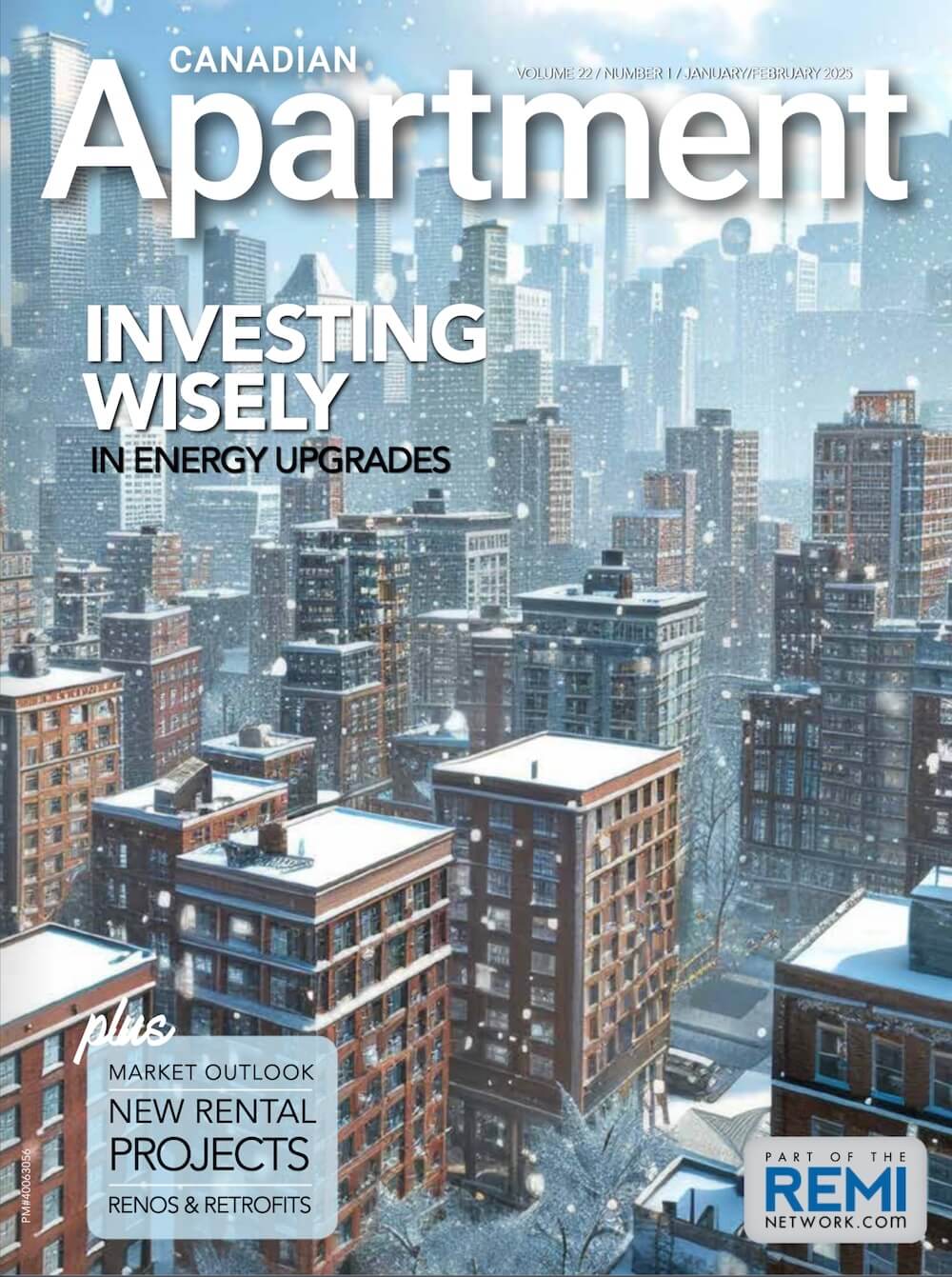Vancouver average rents continue to outpace other Canadian cities with Bullpen Reasearch & Consulting and Rentals.ca reporting a 29.9 per cent increase across all property types since March 2021. Nationally, the average rent increased by 6.6 per cent, while London, Hamilton, and Toronto also saw significant increases to the tune of 18.3 per cent, 15.9 per cent and 14.3 per cent respectively.
According the the latest National Rent Report, average rents will likely keep rising as the country readjusts to its new normal. That said, it remains to be seen how inflation, supply chain issues, the effects of BA.2 and other COVID subvariants, and the recent Bank of Canada rate changes will impact the economy and the rental market.
“On an annual basis, tenants are looking at rent that is over $100 more on average in March, compared to a year earlier, when the rental market was close to its lowest point during the pandemic,” said Ben Myers, president of Bullpen Research & Consulting. “However, the pace of growth has cooled, with relatively flat rents over the last four months. Higher interest rates and a cooling ownership housing market could push more demand into the rental market this spring.”
Other cities with year-over-year average rent increases in March include: Etobicoke, up 9.5 per cent; York, up 9.3 per cent; Calgary, up 8.5 per cent; Mississauga, up 7.8 per cent; Saskatoon, up 7.6 per cent; East York, up 5.3 per cent; North York, up 4.4 per cent; Montreal, up 3.5 per cent; Edmonton up 3.5 per cent; Brampton, up 2.1 per cent; Ottawa, up 1.8 per cent; and Scarborough, up 0.6 per cent.
Average rents in Regina, Winnipeg and Nepean decreased year over year in March by 4.7 per cent, 1.1 per cent and 0.2 per cent respectively.
At the provincial level, British Columbia and Ontario remain the most expensive provinces for median rent for all property types, with British Columbia rents up 18.9 per cent to $2,200 per month in March and Ontario rents up 10.8 per cent to $1,995 per month.
Median rents in Nova Scotia were up 15.1 per cent in March to $1,720; Quebec rents were up 3.3 per cent to $1,550; Alberta rents were up 4.3 per cent to 41,200; Saskatchewan rents were up 2.3 per cent to $976 and Manitoba median rents were down in March 0.8 per cent to $1,285.
 Other takeaways from the April National Rent Report:
Other takeaways from the April National Rent Report:
- The median rent for a studio unit in March for all property types in Canada was $1,346 per month, a month-over-month increase of 3.5 per cent. The median rent for a one-bedroom unit was $1,581, a monthly decline of 0.4 per cent. The median rent for a two-bedroom unit was $1,850 per month, which is the same as February. Three-bedroom units had a median rent of $2,273 per month, a minimal decline of 0.1 per cent. Four-bedroom units had a median rent of $2,899 per month, which is also the same as the previous month.
- Studio units and one-bedroom units in British Columbia and studio units in Ontario are among the most expensive in terms of average rent per-square-foot. Studio units in British Columbia and Ontario had an average rent per-square-foot of $3.74 and $3.72 respectively in the first quarter of 2022, while one-bedroom units in British Columbia had an average rent of $3.28. Four bedroom units in Alberta and Nova Scotia are among the least expensive at $1.23 per square foot and $1.27 per square foot respectively.
- Toronto was greatly affected by the pandemic with many consecutive months of decline in rents throughout 2020 and the start of 2021. The average rent was $2,326 per month in March 2022, remaining below pre-pandemic levels.
For more on Vancouver average rents and other key rental data, visit: www.Rentals.ca






